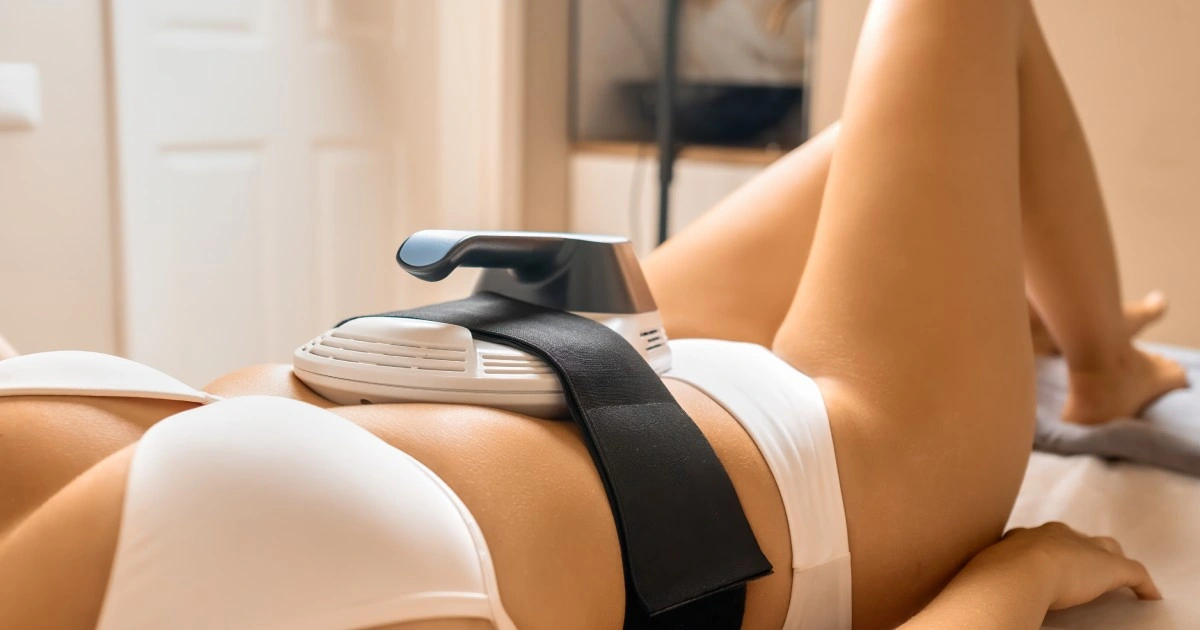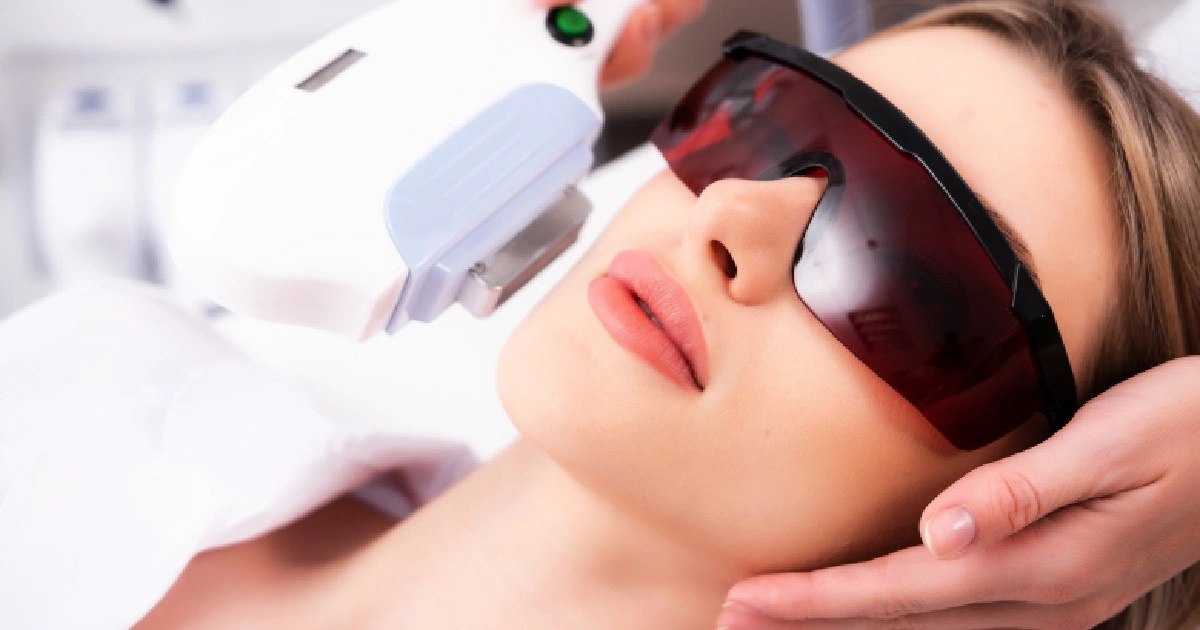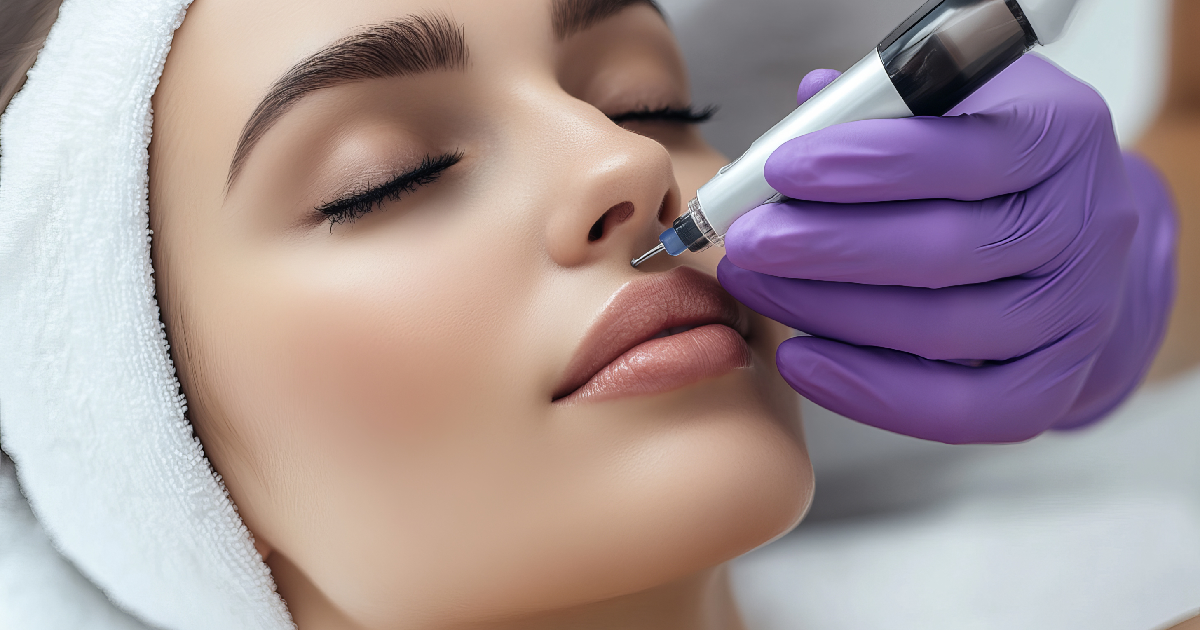Spider veins are small, dilated blood vessels near the skin’s surface, usually on the legs or face. They are typically blue, purple, or red and can be unsightly, causing individuals to feel self-conscious about their appearance. Fortunately, several treatments are available to reduce or eliminate spider veins, and one of the most popular options is sclerotherapy. In this blog, we will discuss what sclerotherapy is, how it works, and the benefits of this treatment. We will also explore the Procedure, potential side effects, and recovery process.
What is Sclerotherapy?
Sclerotherapy is a medical procedure used to treat spider veins, small blood vessels that appear near the skin’s surface. During sclerotherapy, a medical professional injects a solution directly into the affected vein, causing it to collapse and eventually fade away. Sclerotherapy is minimally invasive and can be done on an outpatient basis.
How Does Sclerotherapy Work?
The solution used in sclerotherapy is usually a saline solution or a chemical called a sclerosant. This solution irritates the lining of the blood vessel, causing it to collapse and stick together. Over time, the vein is absorbed by the body and disappears, while the blood flow is redirected to healthier veins.
Sclerotherapy is effective because it treats the underlying issue that causes spider veins and blood pooling in damaged veins. By closing off these veins, the blood flow is redirected to healthier veins, reducing the appearance of spider veins and preventing them from worsening.
Benefits of Sclerotherapy
Sclerotherapy is a safe and effective treatment option for spider veins. It is a minimally invasive procedure that can be done on an outpatient basis, so there is no need for hospitalization or anesthesia. Additionally, the Procedure is quick and usually takes only about 30 minutes to complete, depending on the size and number of veins being treated.
Other benefits of sclerotherapy include:
- Improved Appearance: Sclerotherapy can significantly enhance the appearance of spider veins, making them less noticeable or even disappear altogether. This can boost self-confidence and improve the overall quality of life.
- Improved Blood Flow: By closing off damaged veins, sclerotherapy enhances blood flow in the affected area, reducing the risk of complications such as blood clots.
- Fast Recovery: Most patients can return to normal activities immediately after the Procedure, although strenuous exercise and sun exposure should be avoided for a few days.
- Low Risk: Sclerotherapy is a safe procedure with minimal risk of complications. Side effects are usually mild and temporary.
The Procedure
Before the Procedure, a medical professional will conduct a physical examination and discuss the patient’s medical history to ensure that sclerotherapy is a safe and appropriate treatment option. Before the Procedure, the patient may be advised to stop taking certain medications, such as blood thinners.
During the Procedure, the patient will lie down, and the affected area will be cleaned and sterilized. A small needle will inject the solution directly into the affected vein. The number of injections required will depend on the size and number of treated veins.
After the injection, the medical professional may massage the area to disperse the solution and ensure that it covers the entire length of the vein. A compression stocking or bandage may be applied to the site to promote healing and reduce swelling.
Potential Side Effects
Like any medical procedure, sclerotherapy carries some risks, although they are usually mild and temporary. Some possible side effects include:
- Swelling and Bruising: The injection site may be swollen and bruised for a few days after the Procedure.
- Discomfort: Patients may experience mild pain or cramp in the treated area.
- Skin Discoloration: The skin around the injection site may appear brownish or reddish for a few weeks after the Procedure.
- Allergic Reaction: Although rare, some patients may experience an allergic reaction to the solution used in sclerotherapy.
Recovery Process
Most patients can return to normal activities immediately after the Procedure, although strenuous exercise and sun exposure should be avoided for a few days. Patients are also advised to wear compression stockings or bandages for a few days to promote healing and reduce swelling.
The results of sclerotherapy are usually visible within a few weeks, although it may take several months for the treated veins to disappear completely. Some patients may require multiple treatments to achieve the desired results.
Who is a Good Candidate for Sclerotherapy?
While sclerotherapy is generally a safe and effective treatment for spider veins, only some are good candidates for the Procedure. Before undergoing sclerotherapy, it is essential to determine whether the patient is a good candidate based on their medical history and current health status.
Here are some factors that may affect a patient’s suitability for sclerotherapy:
- Pregnancy: Pregnant or breastfeeding women should avoid sclerotherapy, as the Procedure’s safety during pregnancy has not been established.
- Medical Conditions: Patients with certain medical conditions, such as deep vein thrombosis or a history of blood clots, may not be good candidates for sclerotherapy.
- Medications: Patients taking certain medications, such as blood thinners, may need to stop taking them before undergoing sclerotherapy to reduce the risk of complications.
- Allergies: Patients who have allergies to the solution used in sclerotherapy may not be able to undergo the Procedure.
- Skin Sensitivity: Patients with sensitive skin or a history of allergic reactions may not be suitable candidates for sclerotherapy.
- Age: Sclerotherapy is generally safe for patients of all ages, but older patients may be at a higher risk of complications due to age-related changes in the skin and blood vessels.
It is essential to discuss any medical conditions, allergies, or medications with the medical professional performing the Procedure to ensure that sclerotherapy is a safe and appropriate treatment option. Patients should also be aware that while sclerotherapy can significantly improve the appearance of spider veins, it does not prevent the development of new spider veins in the future.
Conclusion
In conclusion, sclerotherapy is a safe and effective treatment for spider veins that can significantly improve the appearance of the affected areas. With its minimally invasive nature and outpatient procedure, patients can quickly receive this treatment without hospitalization or anesthesia. However, it is essential to note that only some are good candidates for sclerotherapy. Patients should discuss their medical history and health status with a medical professional before undergoing the Procedure.
If you are interested in receiving sclerotherapy treatment, consider visiting Apex Performance Aesthetics, a reputable medical clinic that offers a wide range of aesthetic treatments, including sclerotherapy. Their team of experienced medical professionals can assess your condition and determine if sclerotherapy is right for you. Contact Apex Performance Aesthetics today to schedule a consultation and take the first step toward achieving your aesthetic goals.






